A group of scientists have recently discovered a unique form of cell messaging which occurs in the human brain. It has never been seen before.
This neurological discovery reveals that our brains may be even more powerful at computation than we realized before.
Brain Electrical Activity
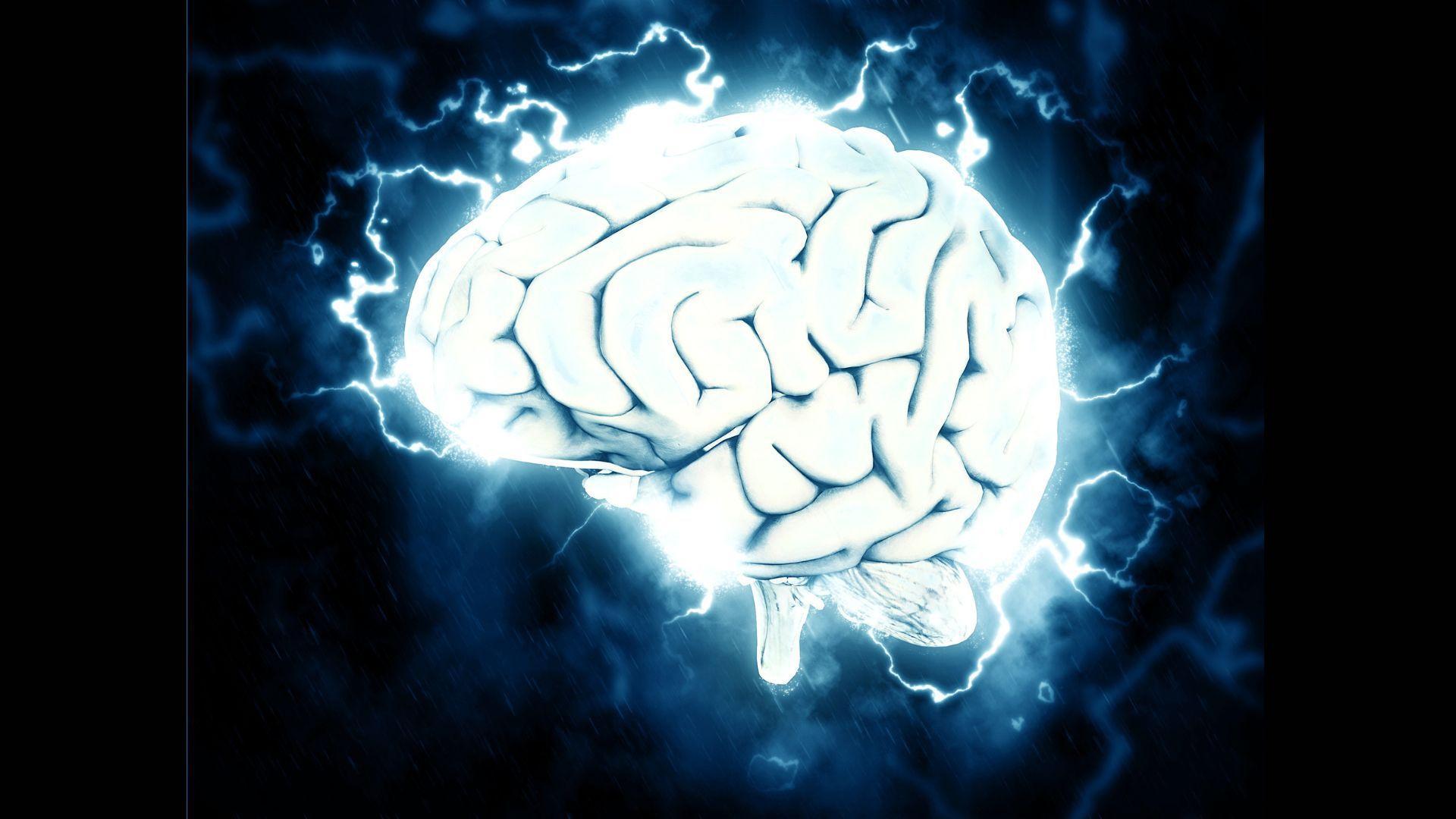
In 2020, researchers from Germany and Greece discovered a new signaling mechanism in the brain’s cortical cells that produces a unique ‘graded’ signal independently. This mechanism may offer neurons an additional method for performing their logical functions.
By examining the electrical activity in tissue samples taken from epileptic patients during surgery and using fluorescent microscopy to analyze their structure, the researchers found that cortical cells utilize both sodium and calcium ions for firing. This combination of positively charged ions generates novel voltage waves—called calcium-mediated dendritic action potentials or dCaAPs—that had not been observed before.
Human Brains vs. Computers

Brains, particularly human ones, are frequently compared to computers, though this analogy has its limitations. Both systems use electrical voltage to perform tasks, but their methods differ significantly.
In computers, operations rely on a straightforward flow of electrons through transistors. In contrast, neurons use action potentials, which are waves of opening and closing ion channels that exchange charged particles like sodium, chloride, and potassium. Neurons manage these signals chemically at the ends of their branches, known as dendrites, rather than using transistors.
Understanding the Brain

Dendrites are essentially traffic lights in our nervous system. If an action potential is significant enough, it will be passed on to other nerves. Dendrites in these nerves can block or pass on the message.
Matthew Larkum, a Humboldt University neuroscientist, explained in 2020, “The dendrites are central to understanding the brain because they are at the core of what determines the computational power of single neurons.”
Cerebral Cortex and Logic
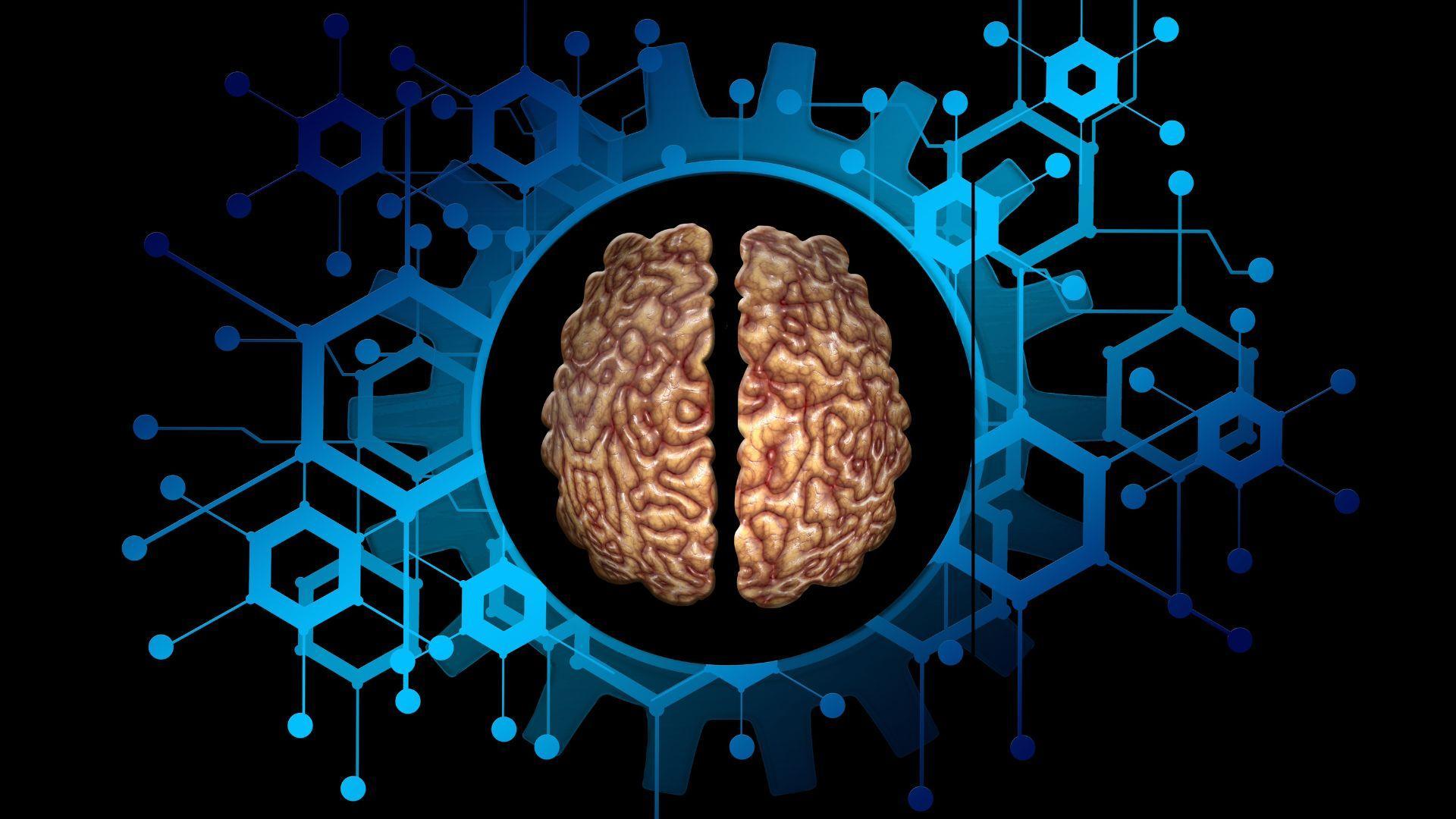
The brain’s logic operates through ripples of voltage that convey messages in two main ways: an AND message, where both x and y must be triggered for the message to be passed on, or an OR message, where either x or y being triggered is sufficient to pass the message.
This process is most intricate in the cerebral cortex: the dense, wrinkled outer layer of the human central nervous system. The second and third layers of this cortex are particularly thick and filled with branches that handle complex functions related to sensation, thought, and motor control.
Taking a Deeper Look

It was tissues from these deep cerebral cortex layers that the researchers took a closer look at. The scientists hooked up cells to a device called a somatodendritic patch clamp. Then, they sent active potentials up and down each neuron and recorded their signals.
Larkum recalled, “There was a ‘eureka’ moment when we saw the dendritic action potentials for the first time.”
Rats, People with Epilepsy, and a Variety of Brains

Although the researchers had conducted similar experiments on rats, the signals observed in human cells were quite different. Additionally, to confirm that their findings were not specific to epilepsy, the researchers also tested samples from brain tumors.
The team discovered that even after applying tetrodotoxin—a sodium channel blocker—the signals persisted. Only when calcium was blocked did the activity stop. This finding of calcium-mediated action potentials was intriguing, but further modeling of these signals in the cortex led to an unexpected revelation.
Interesting XOR Operation
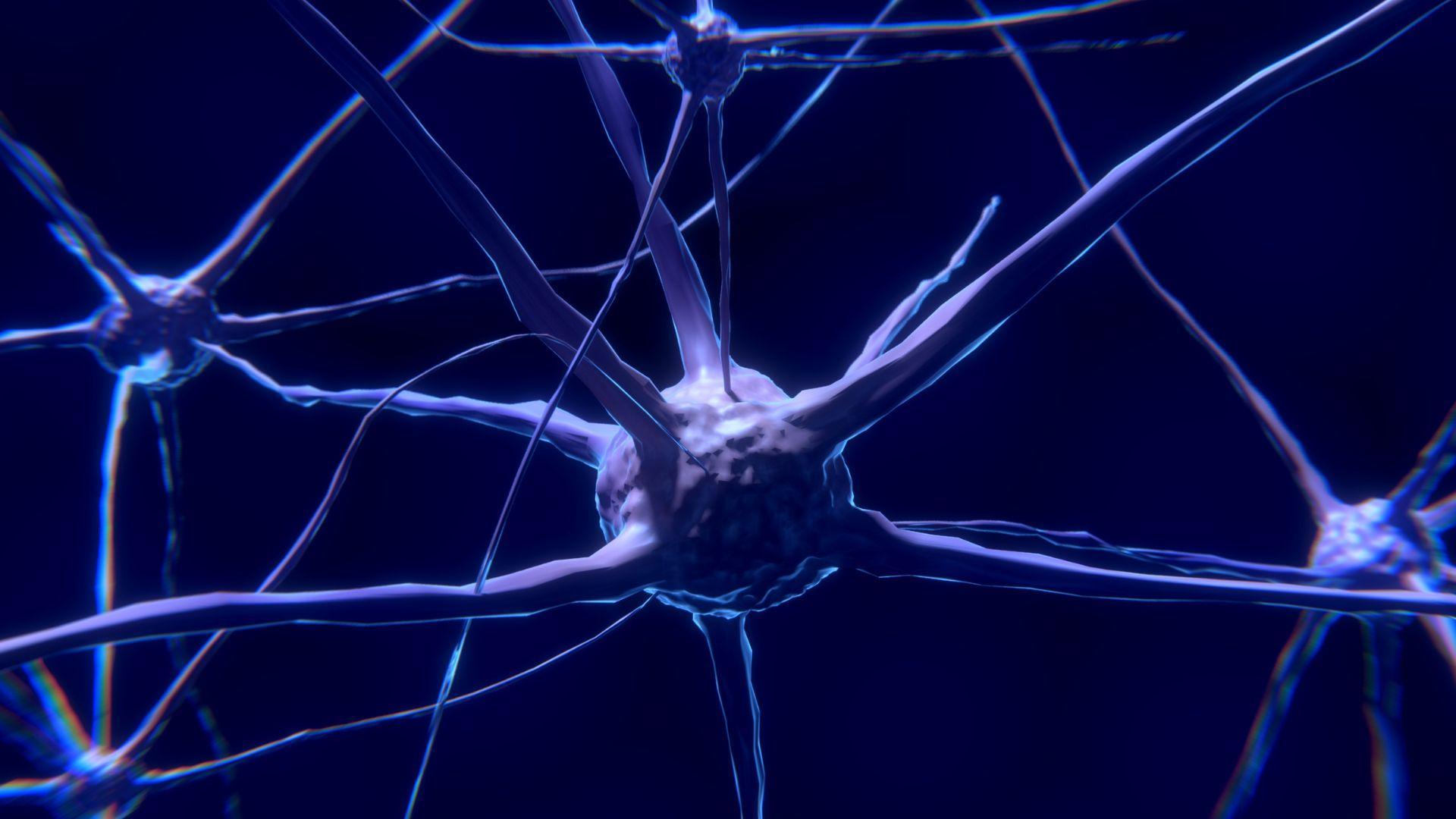
The scientists discovered that, although there are the logical AND and OR-type functions that are well-known to scientists, there are special individual dendrite neurons that can act as exclusive OR (XOR) intersections.
The researchers wrote in their paper, “Traditionally, the XOR operation has been thought to require a network solution.” However, their discovery does not align with this established thought.
Technological Interest
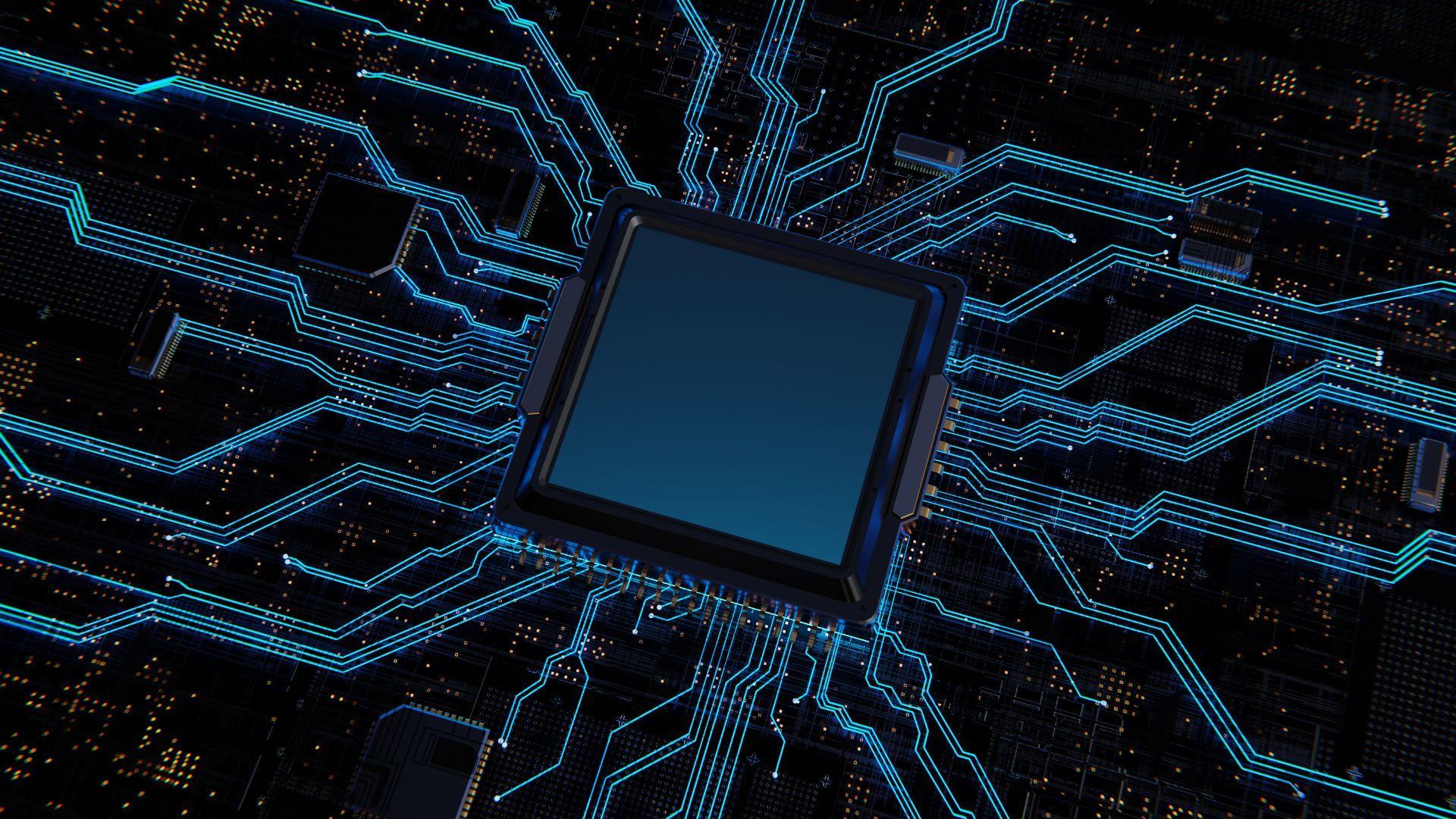
Some scientists who work with technology are particularly interested in this neuroscience discovery. Technology scientists are looking to our own nervous system for inspiration on how to develop better hardware.
By learning more about our brains, we may be able to improve technology. Knowing about how our brain neurons work better could lead to new ways to network transistors.
Further Research
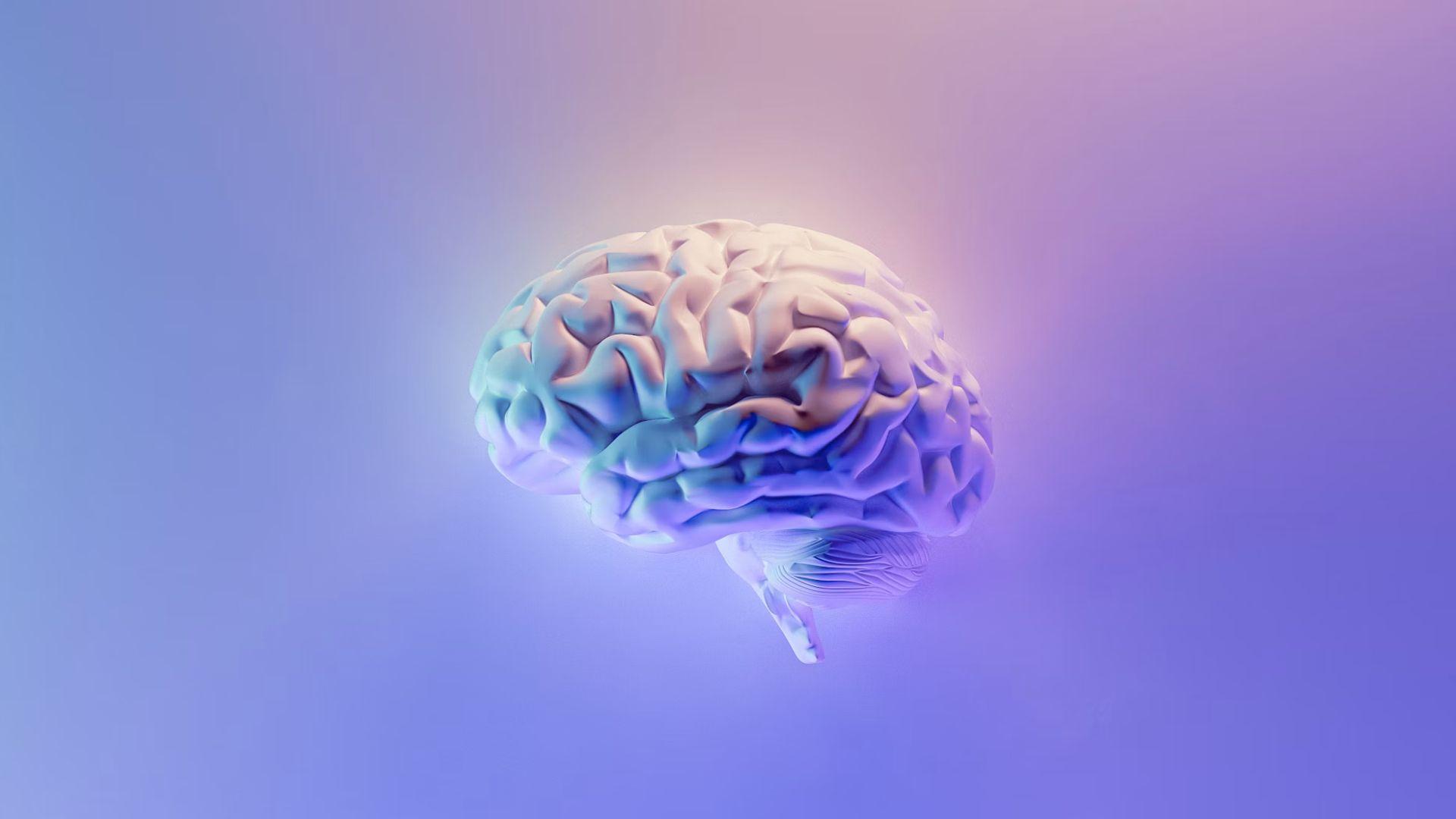
More research needs to be completed in order to further understand how dCaAPs behave across entire neurons and in a normal, living brain. Additionally, we don’t know if it’s just something found in humans or if similar mechanisms have evolved in other animals.
How this newly-discovered logical mechanism within a single nerve cell contributes to higher cognitive functions remains an open question. Future research will address this and many other questions about our brains.

